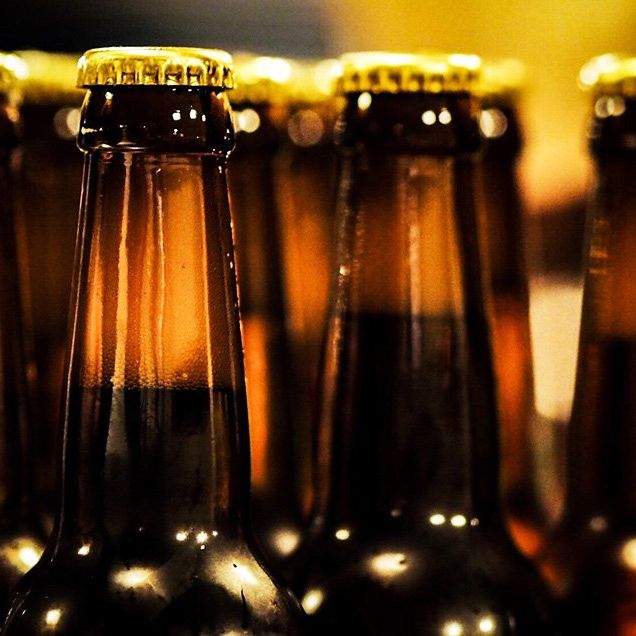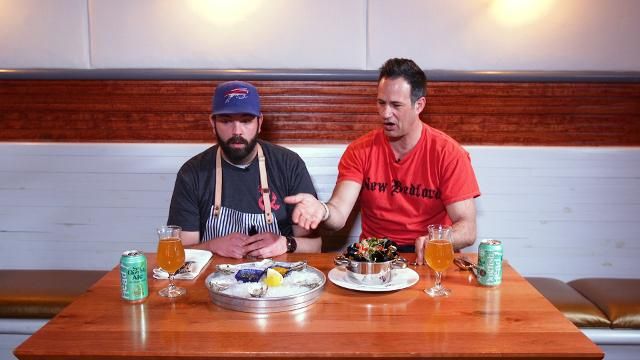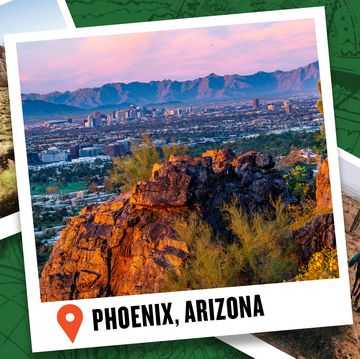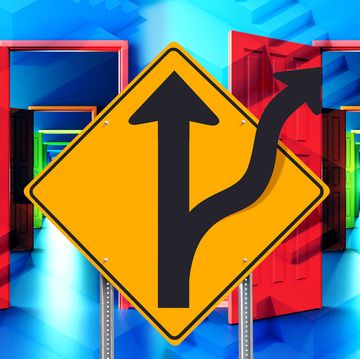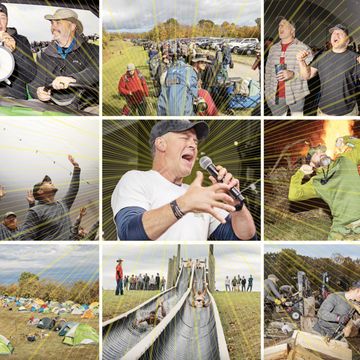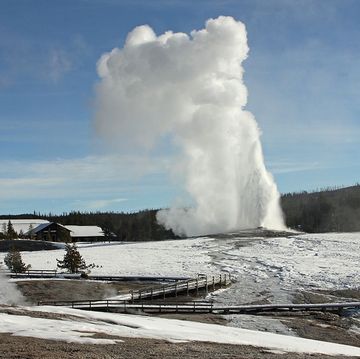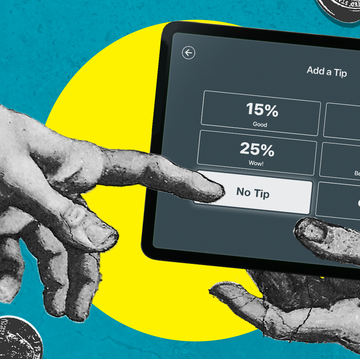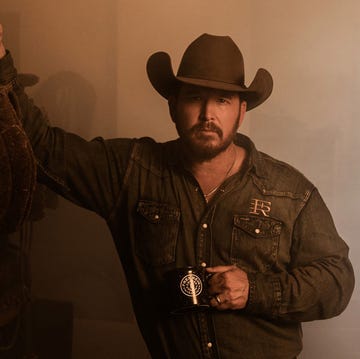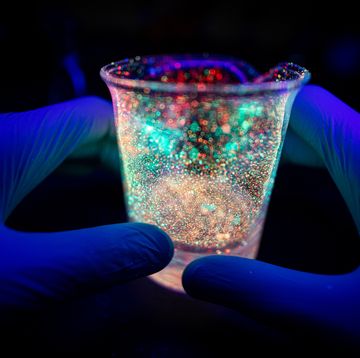The world drinks a lot of beer. Like, 185-billion-liters a lot (which was the worldwide consumption stat for 2016). But the way we booze is changing. In the past year, beer consumption fell by 3.2 percent per adult, according to research institute IWSR—thanks to education on the health concerns of drinking, tighter DUI law enforcement, and people just plain choosing to spend their time on stuff other than happy hour and morning after.
We like beer, but sometimes it’s just not worth cracking the can open.
Enter non-alcoholic craft beers, a surprisingly attractive option for people choosing to forego booze. Here us out, okay? According to a report published by Research and Research, the global non-alcoholic beer market is expected to provide sustainable growth opportunities during the forecast period from 2017 to 2025. That’s right, the next big thing in beer is booze-free.
“Consumer trends are showing that people want to pursue a more healthy lifestyle, and this is a great solution for people who think, ‘I should drink less alcohol but I like the taste the beer,” Ray Daniels, the founder of the Cicerone Certification Program—the standard for beer sommeliers—and a member of the Senior Faculty of the Siebel Institute of Technology, America’s oldest brewing school, says in an interview with Men's Health. “You can have your cake and eat it too. It’s a nice option for designated drivers, people who don’t want to drink soda, folks who are sober, and lots of other people in a lot of different situations.”
It’s not like the idea of non-alcoholic beer is a new one. Nonalcoholic beers are on almost every menu in the pubs of the world’s biggest beer-guzzling countries—like Germany, the Czech Republic, and Austria. But now brewers and the big markets alike are focusing on making non-alcoholic beers that actually taste good and don’t come with the stigma. Non-alcoholic beer is on a mission to be cool. Normal. Delicious.
Related: Here's What Happens to Your Body When You Go on a Weekend Bender
Bravus, America’s first ever non-alcoholic brewery, opened in in Santa Ana, California, in November—serving up a hoppy IPA, caramelized stout, and bitter Amber ale with enough success that they’re now on local drafts and available for nationwide orders online. Wellbeing Brewing Company in St. Louis, Missouri, quickly followed suit in the Midwest, and is the second dedicated non-alcoholic brewery in the U.S. Heavy hitters in the beer business like Budweiser and Coors are seeing booze-free beer as an investment, too. Molson Coors Brewing Co. has been testing fresh varieties of nonalcoholic lagers in prep to roll out a yet-unnamed brand in Canada in 2018, with a U.S. launch following. Budweiser’s non-alcoholic Prohibition Brew has launched in the U.K. just in time for the holidays, promising drinkers an “authentic” taste and the chance to have a drink without having to risk the drive home.
But can a non-alcoholic beer really taste authentic? What about the fermentation process? The yeast? The beer?
The short answer is “yes.” But it’s not an easy accomplishment. (That’s why the Beck’s usually stays behind the bar).
“Because the method of removing the alcohol from the beer requires heating the finished beer, non-alcoholic beer has typically shown related off-flavors like cardboard,” Nicole Erny, Master Cicerone and beer consultant, explains. “The heating can also volatilize desirable aromas and flavors, like the citrusy aromas from hops. There are some new methods of removing alcohol that leaves more flavor intact, though.”
Related: This Device Turns Your Kitchen Countertop Into a Tiny Brewery
Some of those new methods include initially allowing the fermentation process to occur. “Most alcohol restriction laws allow beer to have up to .5 percent ABV and still be considered nonalcoholic,” Daniels says. That means that brewers can allow a little bit of residual alcohol to form in the beer, allowing the beer's natural flavors to occur, but can still keep the brew within nonalcoholic ABV restrictions. Another method brewers can employ is making an extremely weak beer, fermenting it, and proceeding to blend it with unfermented beer (or dilute it) to get it under the limit. This also allows the beer to have its natural flavors but meets the ABV requirements.
“In Europe 20 years ago they would make the wort (the the liquid extracted from the mashing process during the brewing of beer) and pitch the yeast and allow fermentation to begin,” Daniels explains. “Then they would arrest the process and drain the yeast so the fermentation doesn’t go as far as normal, so the yeast action produces flavor compounds but not alcohol.” This process is known as arrested fermentation, and is difficult to master. The final way brewers are creating tasty alcohol-free brews is by distilling it. Yes, distilling alcohol can actually make it less strong.
Related: America's Best Brewery Tours
Brewers can make a beer with 3 percent ABV and allow full fermentation but then they must boil and distill the beer so there’s no alcohol left in it. “The problem there comes in the fact that when you distill or boil the beer it makes it taste pretty terrible,” Daniels says. But to solve that problem you can use a special vacuum distillation process and apply only low heat to the beer. That combo allows brewers to drive off the alcohol without negatively impacting the flavor of the beer.
